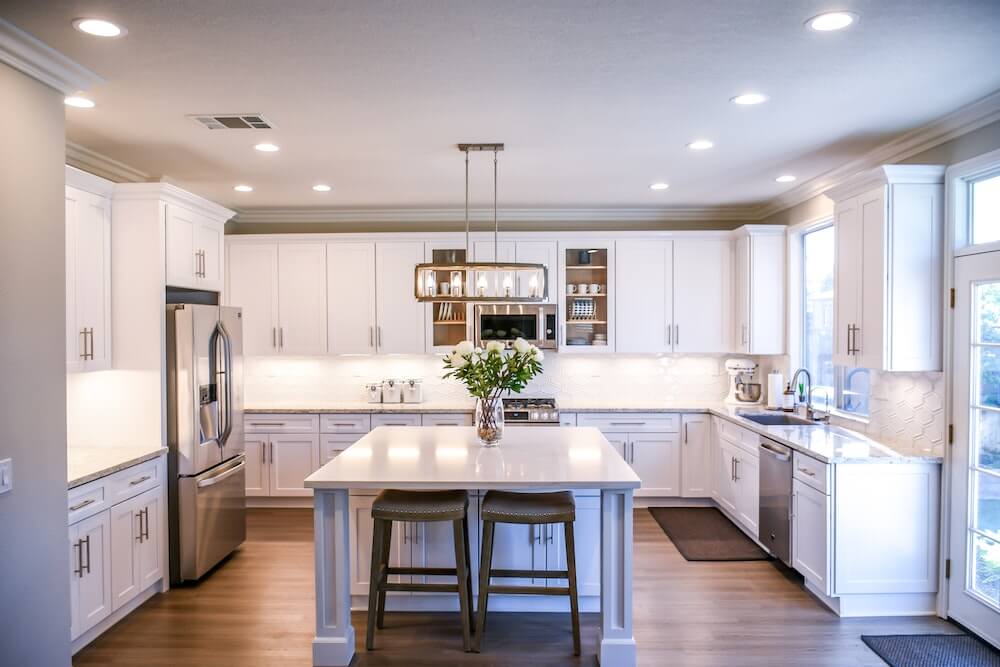 Lighting is an essential element of interior design. The ambience of a living space can be heavily influenced by the type of lights you add. Some points that you can consider when lighting a space include how you direct the light sources, what kind of light you use and how you draw the viewer’s attention. One of the latest trends in the design world is layered lighting. In this post, we take a closer look at the concept, its main principles and how you can apply it to your home.
Lighting is an essential element of interior design. The ambience of a living space can be heavily influenced by the type of lights you add. Some points that you can consider when lighting a space include how you direct the light sources, what kind of light you use and how you draw the viewer’s attention. One of the latest trends in the design world is layered lighting. In this post, we take a closer look at the concept, its main principles and how you can apply it to your home.
What Is Layered Lighting?
Layered lighting, as its name suggests, involves using several layers of light to create focal points and a warm ambience. This lighting method adds design, functionality, and a touch of modernity to any home. This concept is not new to the interior design world and has been popular among homeowners for decades.
For example, layered lighting can mean having different lights all across a room, including focused lights that highlight different spaces and points of interest where different items are highlighted with dedicated light sources.
The Benefits of Layered Lighting
Here are the main benefits of using layered lighting in your home.
- You can customise the mood of a room. If you want to relax and rest, dim the lights and eliminate the focal layer. If you are using a space for a particular activity, use your adjustable lights to highlight the area.
- It creates depth and dimension, making a space more eye-pleasing. A room can look flat and dull without the proper light placement, especially if the colour palette is minimalistic.
- You can use layered lighting to bring attention to your favourite art pieces, furniture items or anything that you would like to showcase.
- You can create different ambiences for different spaces by using different shades and intensities of light across the house. For example, kitchens and bathrooms tend to have cooler themes than resting areas.
How to Choose What Lights to Layer
The basic principle of layered lighting is to use three layers in a space: ambient, task, and accent. Use ambient lights to create the general mood, task lights for areas where you perform specific activities and accent lights to emphasize certain items.
For example, a bedroom can have warm, dim ambient lights. A standing lamp can accentuate a reading corner, while adjustable spotlights are very useful in the wardrobe. On the other hand, a minimalistic bathroom can use lights that imitate natural light, creating a bright and open space.
Is Layered Lighting Expensive?
Layered lights can be highly affordable, depending on what type of lights you select. The cost will depend on the size of the space, the light source type, installation costs, and so on. To achieve the best results, it’s important for you to work with boutique contractors that have experience in building custom homes.
Working with Experts
Layered lighting is a design style that you can try to bring more life into your living space. Australian Heritage Homes is comprised of a leading team of custom home builders with decades of experience in the home design industry. Contact us today for a free quote and let us help you turn your dreams into a reality.